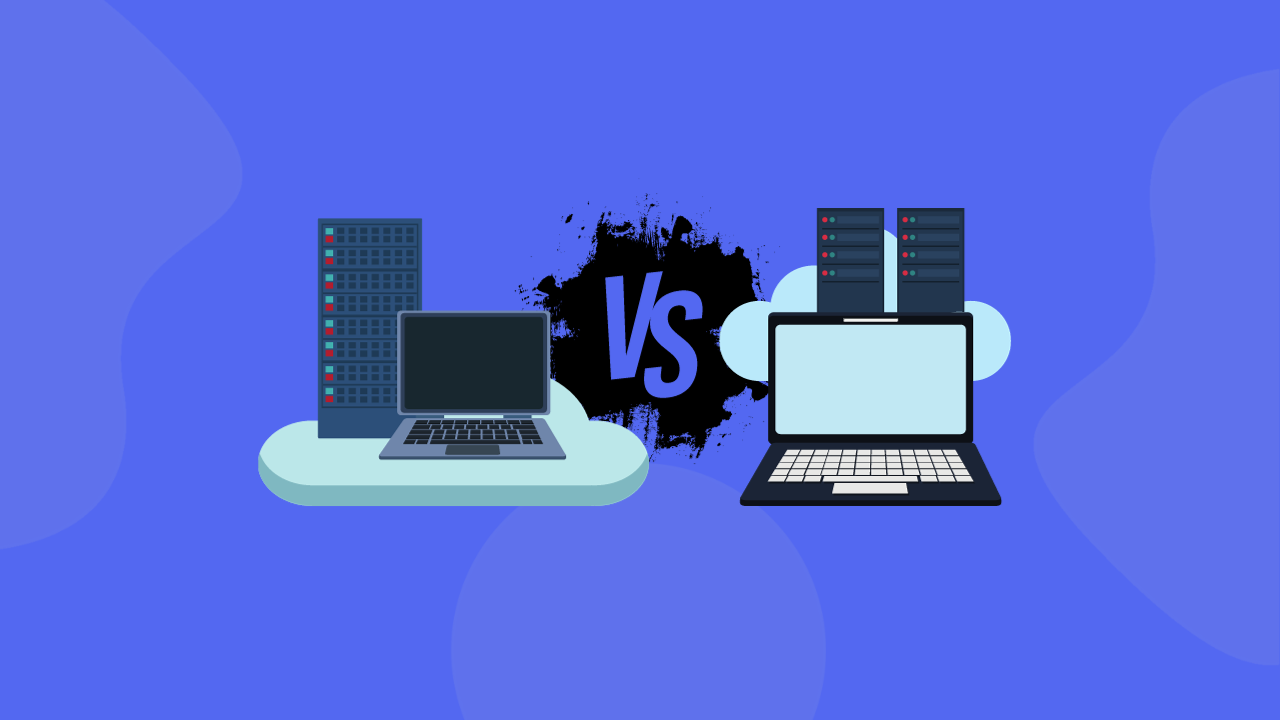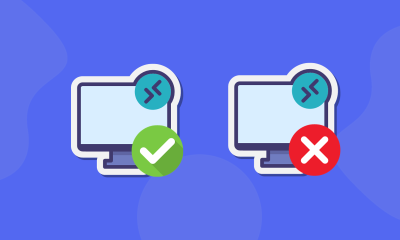In the dynamic realm of digital solutions, Virtual Private Servers (VPS) and Remote Desktop Protocol (RDP) emerge as two prominent technologies, each catering to distinct needs in the vast landscape of online services. In this comprehensive exploration, we will dissect the unique characteristics of VPS and RDP, shedding light on their purposes, operating systems, configurations, and levels of access. Understanding these differences is crucial for making informed decisions when it comes to hosting websites, managing applications, or remotely accessing and controlling computer systems.
Understanding Virtual Private Servers (VPS)
- VPS is a hosting service that grants users the capability to host websites and applications on a virtualized server.
- Created by segmenting a physical server into multiple virtual servers, each possessing its own operating system, resources, and IP address.
- Provides users with dedicated server space and resources without the complexities and costs associated with maintaining a physical server.
2. Ideal Users and Use Cases:
- Primarily utilized by businesses and individuals requiring enhanced resources and control compared to shared hosting, without the investment in a dedicated server.
- An excellent choice for hosting multiple websites or applications on a single server efficiently.
3. Operating System and Access Privileges:
- Typically runs on a version of the Linux operating system.
- Users are granted root or administrative access to the server, allowing them to install and configure software and make necessary changes.
Decoding Remote Desktop Protocol (RDP)
1. The Essence of RDP:
- RDP is a network protocol facilitating remote access and control of a desktop environment over a network connection.
- Widely embraced for diverse purposes including remote work, technical support, server management, and educational activities.
2. Platform Compatibility and RDP Clients:
- Available across multiple platforms, including Windows, Linux, and MacOS.
- Compatible with various RDP clients, ranging from the built-in Remote Desktop Connection on Windows to third-party clients such as FreeRDP and Remote Desktop Manager.
3. Configurability and Access Levels:
- Offers the ability to access and control a computer regardless of its configuration, covering the operating system, hardware, and software.
- Configurable with main administrator or sub-administrator access, depending on the required level of control and permissions.
Comparing Cost and Configuration: VPS vs. RDP
1. Cost Considerations:
- VPS is generally more expensive than RDP due to the necessity for a dedicated server and allocated resources.
- RDP, being more economical, is available on a flexible subscription basis, with costs contingent on the accessed device’s configuration.
2. Purpose and Focus:
- VPS is primarily tailored for hosting websites and applications, addressing the hosting needs of businesses and individuals.
- RDP, on the other hand, is crafted for remote access and control of desktop environments, contributing to its widespread use in various sectors.
Conclusion
In conclusion, while both VPS and RDP offer valuable technologies for remotely accessing and controlling computer systems, their distinctions lie in purpose, operating systems, configurations, and levels of access.
VPS serves as a robust hosting solution, emphasizing dedicated resources for websites and applications, whereas RDP thrives in the realm of remote desktop control, accommodating various operating systems and access configurations.
The choice between the two depends on specific requirements, with cost considerations and intended use playing pivotal roles in the decision-making process. As businesses and individuals navigate the evolving landscape of virtual solutions, a nuanced understanding of VPS and RDP will empower them to make informed choices tailored to their unique needs.












